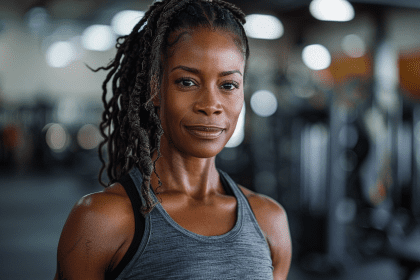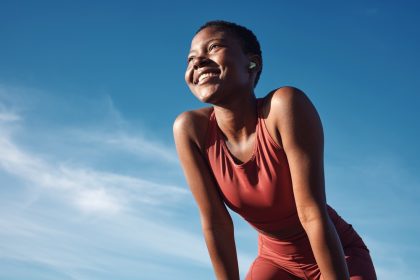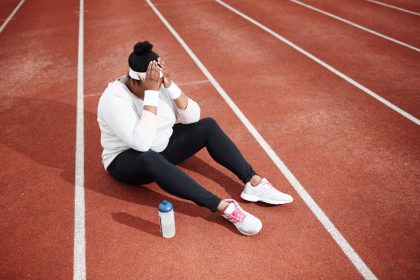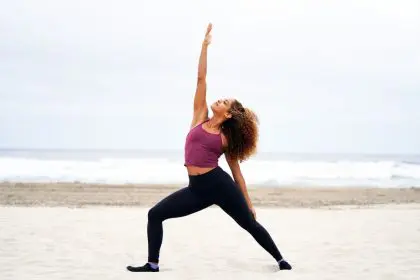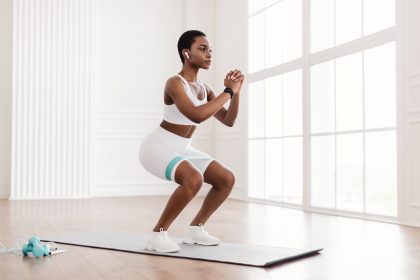A comprehensive guide to understanding and implementing shoeless exercise
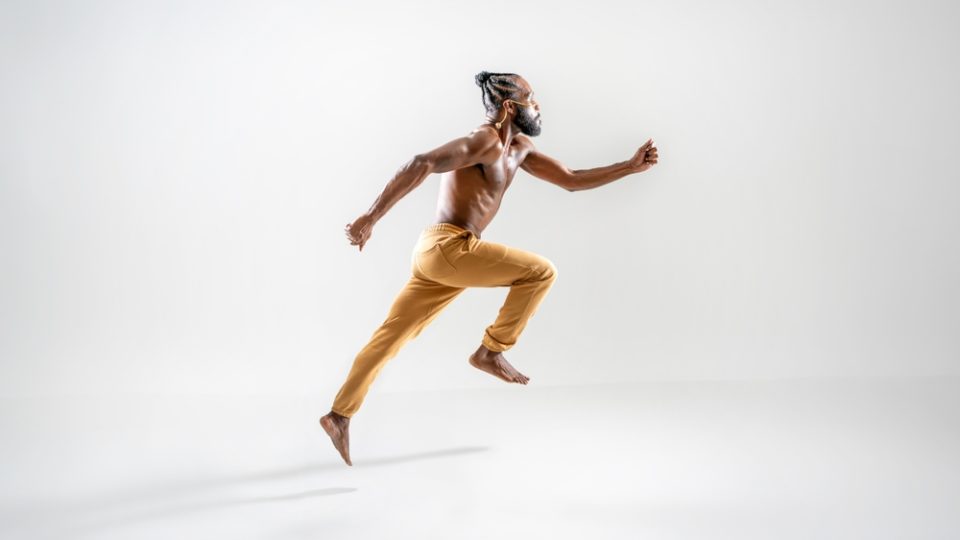
Understanding natural movement
The fitness industry has undergone significant evolution in recent years, with a growing focus on returning to fundamental movement patterns. Barefoot training has emerged as a key component in this shift, challenging the traditional reliance on supportive footwear. By promoting direct contact with the ground, barefoot training encourages natural movement, which can offer a range of benefits for strength, stability, and overall movement quality. As we explore the science behind this approach, it’s clear that barefoot training has much to offer in terms of improving our performance and enhancing our health.
The science behind barefoot training
Biomechanical advantages
Training without shoes provides several key biomechanical benefits that can enhance overall physical performance. One of the most significant advantages of barefoot training is the enhanced proprioception and ground feel. Proprioception refers to the body’s ability to sense its position in space, and training without shoes allows for better feedback from the ground. This direct connection helps improve balance and coordination, as the body becomes more attuned to its environment.
Barefoot training improves neural feedback mechanisms. When the feet are in direct contact with the ground, the sensory receptors in the soles of the feet send more detailed signals to the brain, helping to refine movement patterns and improve body awareness. This enhanced feedback allows for better weight distribution and can lead to more efficient movement patterns.
Another biomechanical advantage of barefoot training is the development of natural gait patterns. Shoes with elevated heels or restrictive designs can alter the way we walk, causing misalignments and compensatory movements. Barefoot training encourages a more natural, fluid gait that supports proper posture and movement efficiency.
Muscular activation
Barefoot training engages several often-neglected muscles in the feet and lower legs. When training barefoot, the intrinsic foot muscles—those located within the foot itself—are activated. These muscles help support the arch and stabilize the foot, leading to stronger, more resilient feet over time. Toe flexors and extensors also get a more rigorous workout, improving dexterity and overall foot strength.
Additionally, barefoot training engages ankle stabilizers and muscles in the lower legs that are typically less active when wearing shoes. Strengthening these muscles improves overall stability and mobility, which can have a direct impact on performance in other activities, such as running, jumping, and lifting.
Performance benefits
Movement enhancement
Barefoot training can lead to several key improvements in movement quality. One of the most significant benefits is greater stability during lifts. When training barefoot, the body has a more direct connection to the ground, which enhances balance and allows for better power transfer. This is particularly important for strength training exercises, where stability is crucial for proper form and injury prevention.
Barefoot training also improves coordination. The improved proprioception and increased sensory feedback from the feet contribute to better coordination between the lower body and the rest of the body. This increased control helps in exercises that require precise movements, such as squats or deadlifts.
In addition to stability and coordination, barefoot training can also improve power transfer. The connection between the feet and the ground allows for more efficient force transmission during activities like sprinting or jumping, leading to enhanced performance.
Postural benefits
Barefoot training can also have positive effects on posture and alignment. When training without shoes, the body is encouraged to adopt a more natural spinal position. Without the artificial elevation provided by footwear, the body is better able to maintain a neutral spine, which reduces the risk of compensatory movement patterns that can lead to poor posture over time.
Barefoot training can also improve hip alignment, which is often compromised by the use of cushioned shoes or footwear with excessive arch support. By promoting natural foot and leg movement, barefoot training encourages proper hip alignment and better overall posture.
Implementation strategy
Getting started
If you’re new to barefoot training, it’s important to ease into the practice to allow your body to adapt. Start with basic exercises such as bodyweight movements, balance training, and gentle mobility work. These exercises will help you build a solid foundation and gradually strengthen the muscles in your feet and lower legs.
Begin incorporating ground-based exercises, such as standing calf raises or toe lifts, to develop foot strength and improve your connection to the ground. As you progress, you can introduce more challenging exercises that require greater stability and control.
Progressive development
As you become more comfortable with barefoot training, you can gradually increase the intensity of your workouts. Start with an initial adaptation period to allow your feet and lower body to adjust to the new demands. Once you feel confident in your foot strength and stability, you can begin to increase the intensity and complexity of your exercises.
Introduce surface variety into your training by incorporating different types of flooring, such as rubber gym mats or natural grass, to challenge your feet and improve their adaptability. Over time, you can integrate more complex movements into your routine, such as plyometrics or agility drills, to further enhance your performance.
Safety considerations
Environment assessment
Before engaging in barefoot training, it’s important to ensure that your environment is safe and suitable for the practice. Always check that the training surface is clean and free from debris that could cause injury. Additionally, ensure that the temperature is comfortable for training, as extremely cold or hot surfaces can be harmful to your feet.
Make sure there is adequate space to perform movements safely, and that your training area is free from any hazards, such as sharp objects or uneven surfaces. Taking these safety precautions will help you train effectively while minimizing the risk of injury.
Individual factors
It’s important to consider your individual factors before starting barefoot training. Assess your foot structure, as individuals with certain foot conditions, such as flat feet or high arches, may need to approach barefoot training with caution. Similarly, those with previous injuries may need to start with low-intensity exercises and gradually progress to more challenging movements.
Your current fitness level also plays a role in determining how quickly you can progress with barefoot training. Start slowly and listen to your body as you build strength and flexibility in your feet and lower legs.
Equipment options
Minimalist footwear
While barefoot training is the ideal approach, some individuals may prefer to wear minimalist footwear for added protection while still encouraging natural movement. High-quality minimalist shoes, such as the Vivobarefoot Primus Lite Knit, Merrell Vapor Glove 4, or Xero Shoes varieties, offer a barefoot-like feel while providing some cushioning and support. These shoes help promote proper foot mechanics and are a good option for those new to barefoot training or for those who need extra protection during outdoor training.
Training surfaces
When it comes to training surfaces, there are several options that work well for barefoot training. Rubber gym flooring provides a stable, non-slip surface, while yoga mats offer a softer, cushioned option. For outdoor training, natural grass and wooden platforms can also provide excellent surfaces for barefoot exercises.
Long-term success
Progress monitoring
To track your progress in barefoot training, pay attention to improvements in foot strength, balance, and overall movement quality. Keep a log of your performance, noting any changes in stability, posture, and coordination.
Maintenance protocol
Maintaining your progress is key to long-term success. Regular foot care, such as stretching and strengthening exercises, will help prevent injury and maintain flexibility. Also, varying your training surfaces and gradually increasing the intensity of your exercises will continue to challenge your body and improve your results. Lastly, prioritize recovery practices, such as rest and proper nutrition, to support your progress in barefoot training.
As you continue to explore barefoot training, you’ll begin to experience the numerous benefits it offers for your health, performance, and overall movement quality. With consistency and dedication, you can unlock a more natural, efficient way of moving that supports long-term physical well-being.


